In today’s fast-paced business landscape, payroll systems serve as a vital backbone, seamlessly blending administrative duties with financial operations to guarantee that employees are accurately compensated for their work. The transition from antiquated paper-based systems and manual computation to sophisticated automated processes marks a noteworthy advancement, reflecting broader technological transformations proliferating across industries worldwide.
This modernization wave is reflected in the increasing reliance on a secure way of paying employees through integrating Automated Clearing House (ACH) transactions. By adopting digital platforms, businesses have simplified the payroll management process and achieved exceptional levels of precision and efficiency, thereby minimizing error probabilities and ensuring compliance with financial regulations.
Adopting these innovations is vital for companies looking to optimize operations and adjust to the ever changing requirements of the modern business landscape, improving overall efficiency and accountability in infrastructure along the way.
Table of Contents
Understanding ACH Transactions
ACH transactions are at the heart of modern payroll systems, facilitating seamless electronic funds transfer between banks over a secure network. The ACH network is engineered to handle high volumes of transactions cost-effectively, making it particularly effective for regular payroll processing.
One of the most significant advantages of ACH is its ability to process transactions in batches, which leads to improved efficiency and cost reduction. Unlike wire transfers, which offer immediacy at a higher cost, ACH transactions provide a cost-efficient alternative for repetitive high-volume payments such as payroll distributions. It has transformed the financial operations landscape, enabling organizations to manage payments more efficiently while optimizing cash flow.
Thus, ACH has secured its status as a crucial component in payroll systems, highlighted for its reliability and integrated security measures that effectively support businesses across diverse sectors.
Benefits of Using ACH in Payroll
- Cost Efficiency: By dramatically reducing transaction fees compared to traditional payment methods, ACH enables significant financial savings for businesses, especially those dealing with large payrolls regularly.
- Speed and Timeliness: ACH expedites the distribution of salaries, ultimately enhancing employees’ financial health by ensuring they receive their wages quickly, thereby boosting satisfaction and retention rates.
- Enhanced Security: Removing the need for physical checks diminishes risks associated with theft and fraud, establishing a secure framework for financial distribution.
- Streamlined Recordkeeping: ACH’s electronic nature ensures comprehensive and easily accessible records, markedly simplifying auditing protocols and compliance with tax regulations at both the state and federal levels.
Such compelling benefits have motivated numerous corporations to transition to ACH, underscoring its pivotal role in streamlining payroll mechanisms and reinforcing the secure execution of financial operations.
Steps to Implement ACH Payroll
- Research and Provider Selection: Initiate by evaluating various payroll system providers to discover solutions offering robust ACH capabilities tailored to your organizational needs while ensuring ease of integration with existing systems.
- Data Collection and Verification: Meticulously gather and verify employee banking information to guarantee accuracy and avert payment discrepancies. It involves confirming and cross-referencing account numbers and bank details.
- Finalize Agreements: Partner with financial institutions to finalize ACH-compliant agreements that establish a seamless electronic salary deposit framework.
- Training and System Familiarization: Conduct comprehensive training sessions for the HR and payroll teams to master the functionalities of the new system, smoothing transitions and lessening potential implementation hiccups.
- Monitoring and Feedback Collection: Post-implementation, regularly assess the performance of your new payroll system, incorporating feedback from employees and management to identify areas needing enhancement and optimization.
This structured approach facilitates a seamless transition to ACH, ensuring that your system effectively supports ongoing operational goals while enhancing overall efficiency and satisfaction.
Common Misconceptions About ACH
Despite its extensive adoption, various misconceptions linger regarding ACH, especially among small to medium enterprises. One common myth is that ACH systems are overly complex or prohibitively expensive, leading to reluctance to embrace this transformative technology. Nonetheless, evidence consistently reveals these perceptions to be unfounded, underscoring ACH’s versatility, scalability, and accessibility across businesses of all sizes.
By dispelling these misconceptions, businesses can unlock ACH’s full array of advantages, effectively optimizing payroll and payment processes without being deterred by misinformation or unfounded concerns.
Real-World Examples of ACH Usage
To elucidate the practical applications of ACH, consider a multinational enterprise adeptly managing payroll for an extensive and geographically dispersed workforce. This corporation significantly reduced processing times and heightened operational efficiency by transitioning from conventional checks to ACH.
This transformation not only streamlined payroll operations but also curtailed administrative expenses, vividly demonstrating ACH systems’ adaptability and scalability to fit diverse business models, irrespective of size or sector. It showcases the potential for innovation and operational excellence that organizations can harness by embracing ACH-driven payroll systems.
How ACH Enhances Financial Security
Companies gravitate towards ACH for payroll systems because of the network’s emphasis on bolstered security. ACH utilizes rigorous data encryption protocols and incorporates multi-tiered security measures, including advanced fraud detection systems, to protect sensitive financial and personal information.
These extensive safeguards ensure businesses and employees can confidently trust their transactions’ security, thereby mitigating the threat of unauthorized access or cyber intrusions. In an era where data protection and privacy are increasingly pivotal, ACH presents an invaluable solution supporting secure and efficient financial operations.
Future of Payroll Systems with ACH
The future of payroll systems integrated with ACH is on the brink of substantial evolution. The emergence of blockchain and AI technologies marks additional innovation, ensuring improved efficiency, accuracy, and security in payroll transactions.
As these technologies advance, ACH-integrated payroll systems are expected to drive a transformative shift, setting new standards in financial management and strategic resource planning. Organizations adopting these innovations swiftly may set industry benchmarks, defining efficient, secure, and forward-thinking payroll processing practices in the digital era.

